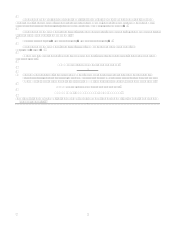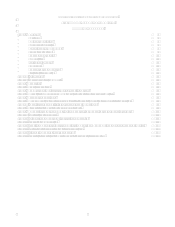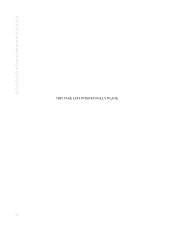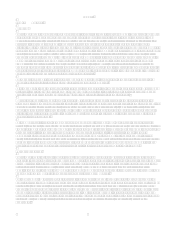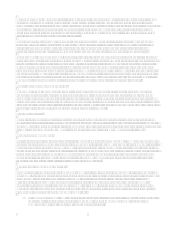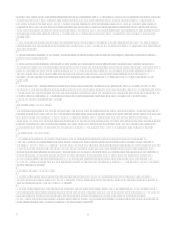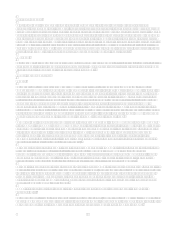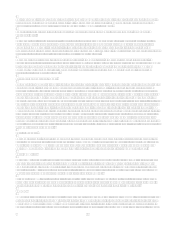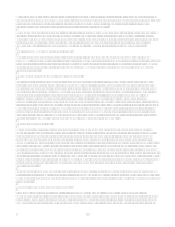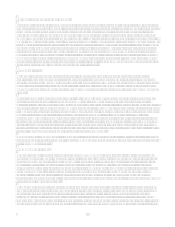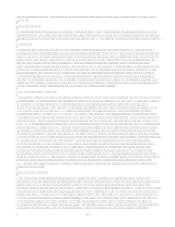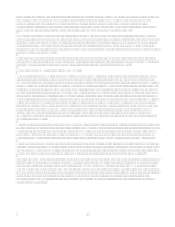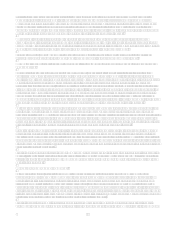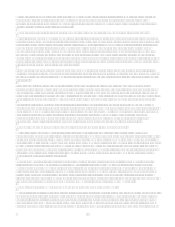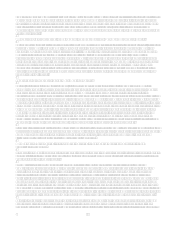Capital One 2006 Annual Report Download - page 30
Download and view the complete annual report
Please find page 30 of the 2006 Capital One annual report below. You can navigate through the pages in the report by either clicking on the pages listed below, or by using the keyword search tool below to find specific information within the annual report. 12
North Fork Bank is a banking corporation chartered under New York law, the deposits of which are insured by the Deposit
Insurance Fund of the FDIC up to applicable limits. North Fork Bank is subject to comprehensive regulation and period
examination by the New York State Banking Department (NYSBD) of the FDIC.
Superior is a national association, the deposits of which are insured by the Deposit Insurance Fund of the FDIC up to
applicable limits.
The Corporation is also registered as a financial institution holding company under Virginia law and as such is subject to
periodic examination by Virginias Bureau of Financial Institutions. The Corporations automobile financing activities,
conducted by COAF and its subsidiaries, fall under the scrutiny of the Federal Reserve and the state agencies having
supervisory authority under applicable sales finance laws or consumer finance laws in most states. The Corporation also faces
regulation in the international jurisdictions in which it conducts business.
The Corporation has filed applications with the Office of the Comptroller of the Currency to consolidate several of its
banking subsidiaries into a single national bank, to be known as Capital One, N.A. This consolidation would include CONA,
the Savings Bank and North Fork Bank. As part of this consolidation, the Corporation would also establish COAF and
GreenPoint Mortgage Funding, Inc. (GreenPoint), which offers residential and commercial mortgages, as operating
subsidiaries of the new national bank.
Dividends and Transfers of Funds
Dividends to the Corporation from its direct and indirect subsidiaries represent a major source of funds for the Corporation to
pay dividends on its stock, make payments on corporate debt securities and meet its other obligations. There are various
federal and state law limitations on the extent to which the Banks can finance or otherwise supply funds to the Corporation
through dividends, loans or otherwise. These limitations include minimum regulatory capital requirements, federal and state
banking law requirements concerning the payment of dividends out of net profits or surplus, Sections 23A and 23B of the
Federal Reserve Act and Regulation W governing transactions between an insured depository institution and its affiliates, and
general federal and state regulatory oversight to prevent unsafe or unsound practices. In general, federal and applicable state
banking laws prohibit, without first obtaining regulatory approval, insured depository institutions, such as the Banks, from
making dividend distributions if such distributions are not paid out of available earnings or would cause the institution to fail
to meet applicable capital adequacy standards. Under OTS regulations, other limitations apply to the Savings Banks ability
to pay dividends, the magnitude of which depends upon the extent to which the Savings Bank meets its regulatory capital
requirements. In addition, under Virginia law, the Bureau of Financial Institutions may limit the payment of dividends by the
Bank if the Bureau of Financial Institutions determines that such a limitation would be in the public interest and necessary for
the Banks safety and soundness.
Capital Adequacy
The Banks are subject to capital adequacy guidelines adopted by federal banking regulators. For a further discussion of the
capital adequacy guidelines, see pages 52-53 in Item 7 Managements Discussion and Analysis of Financial Condition and
Results of OperationsCapital Adequacy and pages 100-102 in Item 8 Financial Statements and Supplementary Data
Note 19Regulatory Matters. The Banks were well capitalized under these guidelines as of December 31, 2006.
Basel Committee
On September 25, 2006, the federal banking regulators published their proposed regulations to implement the international
accord on revised risk-based capital rules known as Basel II, a capital regime that would apply to the largest and most
complex institutions. Three months later, the regulators proposed revisions to the capital regime applicable to all the other
banks, in an attempt to address perceived disparities, this new proposal referred to as Basel IA. Neither proposed regime
would currently be mandatory for Capital One, but either could become so.
Although the Committees stated intent is that Basel II will not change the amount of overall capital in the global banking
system, adoption of the proposed new capital rules could require us to increase the minimum level of capital held. We will
continue to closely monitor regulatory action on Basel II and Basel IA and assess the potential impact to us.
FDICIA
Among other things, the Federal Deposit Insurance Corporation Improvement Act of 1991 (FDICIA) requires federal bank
regulatory authorities to take prompt corrective action (PCA) with respect to insured depository institutions that do not
meet minimum capital requirements. FDICIA establishes five capital ratio levels: well-capitalized, adequately-capitalized,
undercapitalized, significantly undercapitalized and critically undercapitalized. As of December 31, 2006, each of the Banks


